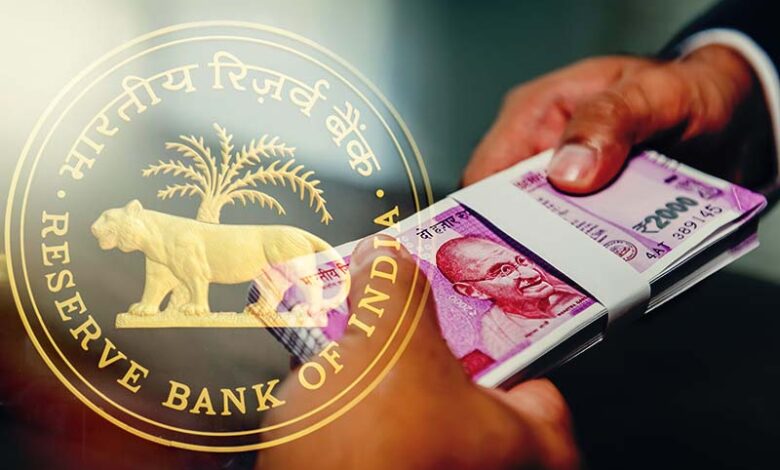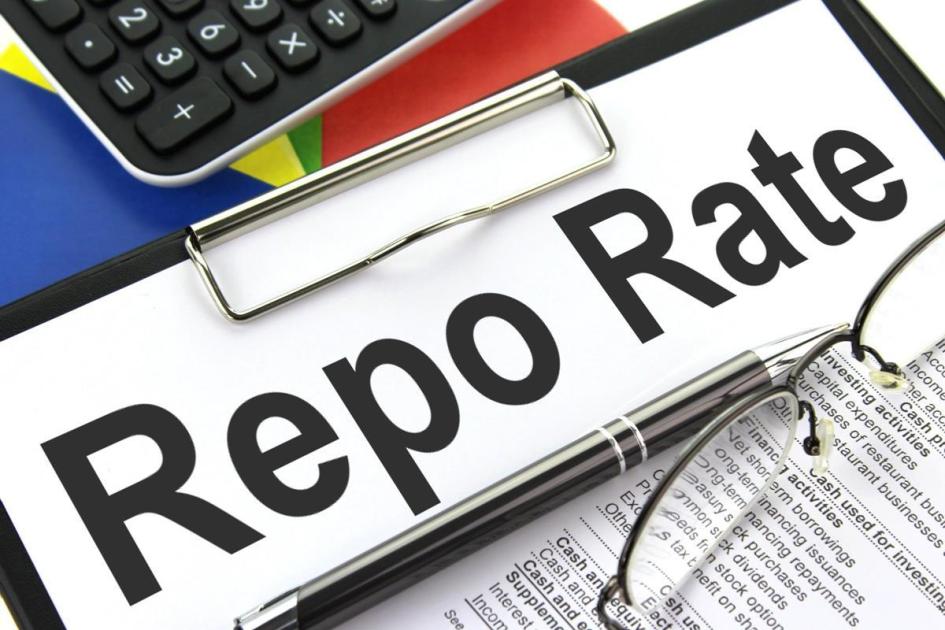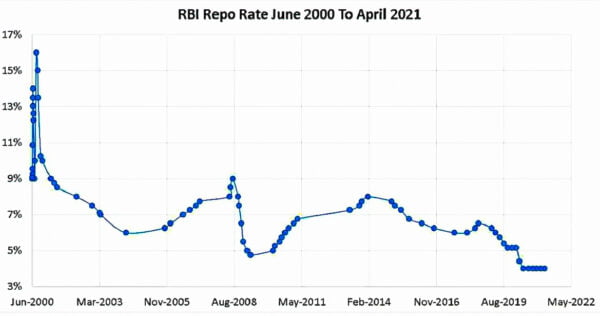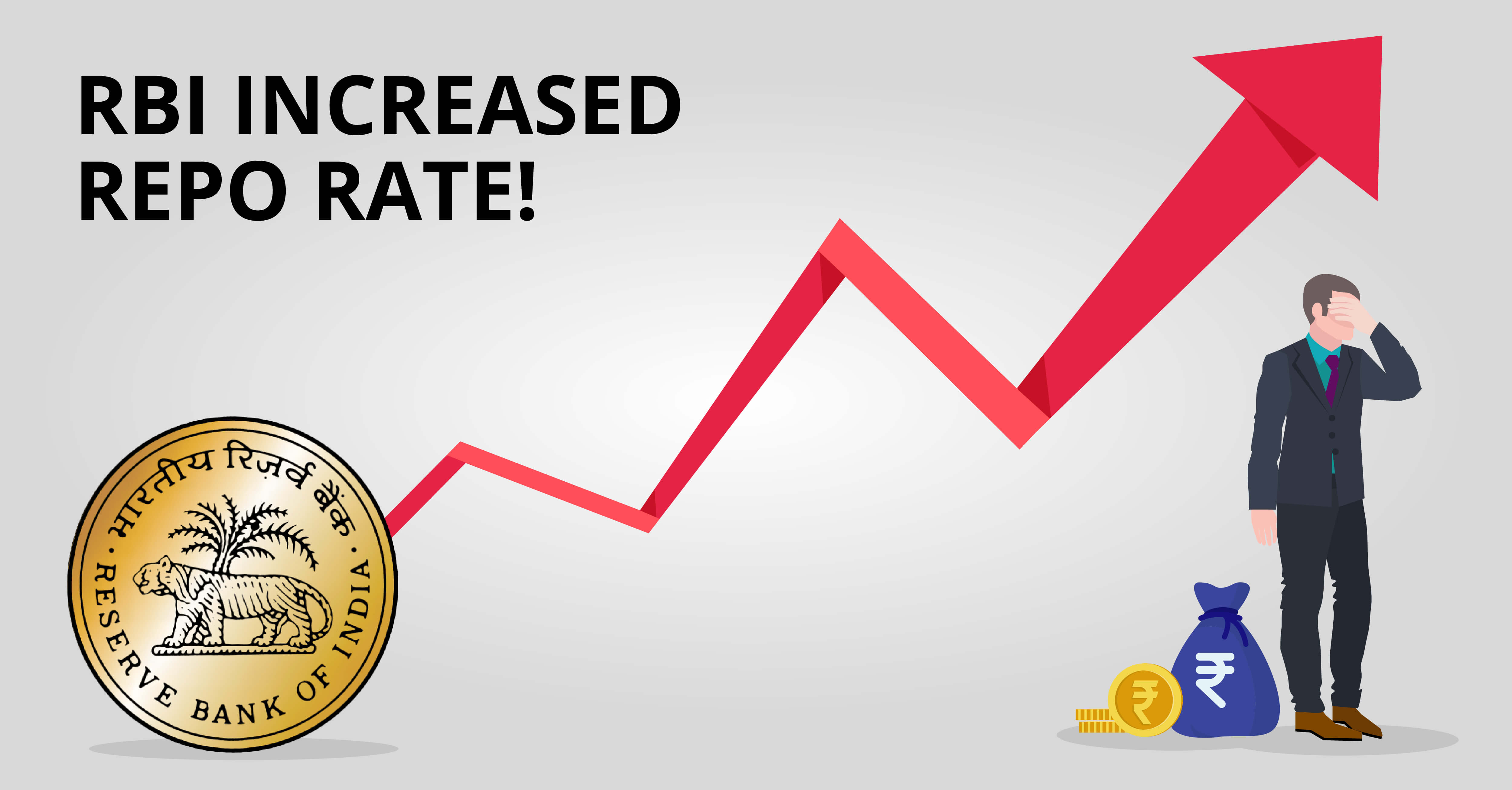
The Reserve Bank of India’s Monetary Policy Committee lifted the benchmark policy repo rates by at least basis points. What kind of repercussions will this have? Will interest rates continue to rise?
The Reserve Bank of India (RBI) raised the key policy rate by 50 basis points (bps) to 4.90 percent in its bi-monthly meeting on Wednesday, indicating that interest rates in the banking sector will continue to rise.

What does this rate increase imply?
The repo rate hike, which follows a 40-basis-point increase in May, will drive banks and non-banking financing businesses to raise repo-linked borrowing rates and minimum costs of capital-based lending rates (MCLR) even more.
Will interest rates continue to rise?
In order to keep inflation under control, the central bank is willing to focus on interest rate hikes in the coming months. The Reserve Bank of India’s National Board of Directors makes interest rate judgments in India. The benchmark repo rate is the official rate of interest.
In 2014, the RBI’s principal fiscal policy goal was price stability, with government borrowing, rupee exchange rate stability, and the need to safeguard exports receiving less attention. The government and the central bank decided in February 2015 to set a consumer level of inflation of 4%, with a 2-percentage-point range, for the fiscal year that ended in March 2017.

So if we talk about interest rates rise as projected by economists The Reserve bank is completely focused on interest rate rises in the coming months in order to maintain inflation under control. It was estimated that the RBI’s policy panel will hike the policy repo rates to 40 bps in June plus an extra 35 basis points in August, as long as inflation remains over 6% (the upper bound of the acceptability band) and GDP remains stable.
The key point is that the RBI MPC is projected to quit ultra-accommodation by August, bringing the policy repo rates down to 5.15 percent, which was before the outbreak. As a result, the RBI MPC is compelled to maintain its accommodating posture until then, focused on accommodation removal.o rate to 40 basis points in June and then another 35 basis points in August.
To know more, click here.
Illustration of Repo Rates in India
The graph below presents the history of the RBI Repo rates from June 2000 to the present. The repo rates during which RBI endears money to the banks. It’s a measure to keep inflation and liquidity under control. Here is a simple overview with an illustration:
Understanding the difference between repo rates and even reverse repo rates.

The repo rate is now at its lowest level since the Liquidity Adjustment Facility was established on June 5, 2000. In the year 2000, the repo rates were changed an incredible 20 times to keep the Rupee from depreciating due to greater import payments and lower capital inflows.
Impact of 50 basic point increase in the RBI repo rate
Deposit rates are expected to climb in the next months, forcing banks to raise their deposit rates. After the RBI boosted repo rates by 40 basis points in May, several banks already have increased deposit rates. India’s growth prediction of 7.2 percent has been maintained by the RBI’s policy panel.

On May 31, the National Statistical Organization forecasted an 8.7% growth rate for India in 2021-2022. Long-term geopolitical uncertainties, high commodity prices, supply constraints, and tightening worldwide financial conditions all weigh on the forecast, according to RBI Governor Shaktikanta Das.
The MPC is concerned about inflation, which is anticipated to stay above the upper tolerance limit of 6% during the first three quarters in 2022-23, according to estimates. The RBI is expected to take more rate acts as a result of this. Inflation is now expected to be 6.7% in 2022-23, according to Das.
The MPC sees a lot of uncertainty in the domestic inflation forecast because of the difficult global strategic situation and the resulting high commodity prices. The economic recovery in the United States is gaining traction.
The predicted increase in agricultural prospects, as well as the likely typical southwest monsoon, should enhance rural consumption, according to MPC.
GDP, Its Projections and Inflations
The board voted to raise the inflation prediction in FY 2022-2023 from 5.7 percent to 6.7 percent. Meanwhile, the central bank’s economic growth forecast for FY 2022-2023 remained unchanged at 7.2 percent.
In April 2022, annual inflation surged to 7.79 percent, the highest level since May 2014, due to rising food costs. Both the standing deposit facility (SDF) rate and the marginal standing facility (MSF) rate, as well as the bank rate, were hiked by 50 basis points to 4.65 percent and 5.15 percent, respectively, by the central bank.




